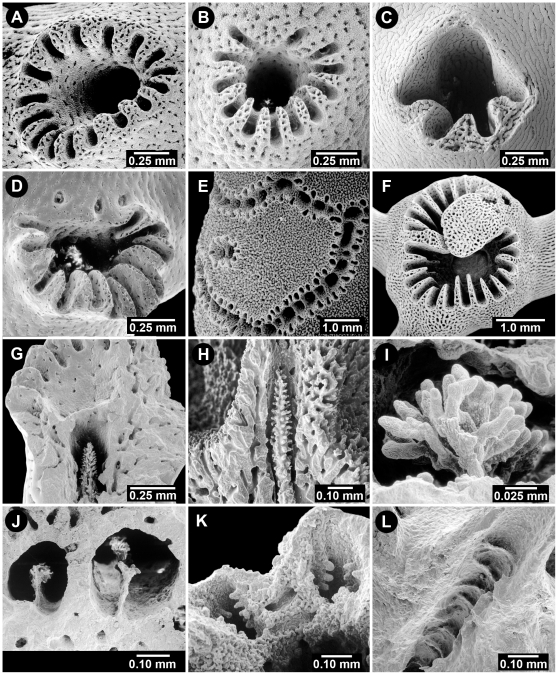Figure 5. Aspects of the Cyclosystem and Dactylostyles.
(A) Stylaster galapagensis, USNM 72099, a typical cyclosystem, (B) Stylaster roseus, USNM 47807, a cyclosystem with a narrow adcauline diastema, (C) Conopora tetrastichopora, USNM 87566, a cyclosystem with a wide adcauline diastema, (D) Stylaster atlanticus, USNM 71824, a cyclosystem with some obsolete adcauline dactylopores, (E) Distichopora vervoorti, RMNH 23976, distichoporine arrangement of pores, (F) Crypthelia dactylopoma, USNM 72110, a cyclosystem with a narrow fixed lid, (G) Stylaster laevigatus, USNM 71798, gastropore shelf, (H) Errinopora pourtalesii, USNM 52254, a robust dactylostyle, (I) Stylaster miniatus, USNM 72151, a robust dactylostyle in apical view, (J) Distichopora dispar, USNM 85116, dactyloridges, (K) Inferiolabiata labiata, USNM 59951, lateral dactylostyles, (L) Lepidotheca robusta, USNM 85106, pseudotabulae in a dactylopore spine.

